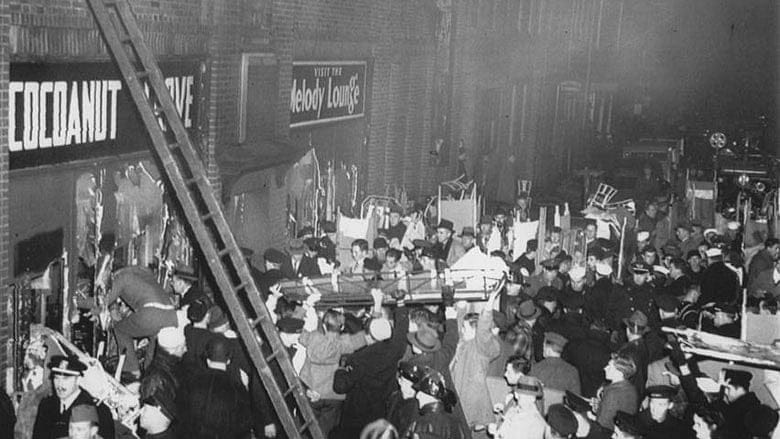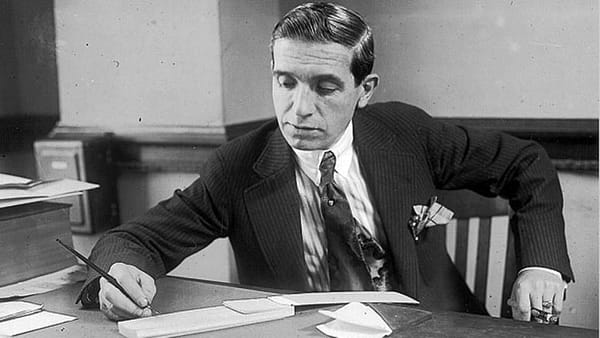No. 4: The deadliest nightclub disaster

The Cocoanut Grove Fire is one of the darker events in Boston history. The Cocoanut Grove was a popular downtown nightclub, located at 17 Piedmont St. in the Bay Village neighborhood. On Nov. 28, 1942, a fire in the club killed 492 people and injured many more. It isn't known how the fire started, and several theories still circulate, though the Boston Fire Department officially classified the cause as "unknown." The fire quickly spread across the palm tree decorations and onto the main dance floor of the overcrowded club. The building's entrance was a single revolving door, and panicked people piled up there, unable to get through. Other exits had been blocked or chained shut. The fire's survivors used a variety of techniques to save themselves; some created breathing masks out of water-soaked napkins to avoid the noxious fumes, others took shelter in a walk-in refrigerator. Club owner Barney Welansky served four years in prison for manslaughter as a result, and many changes were made in fire codes and other regulations to prevent any chance of a similar disaster.

